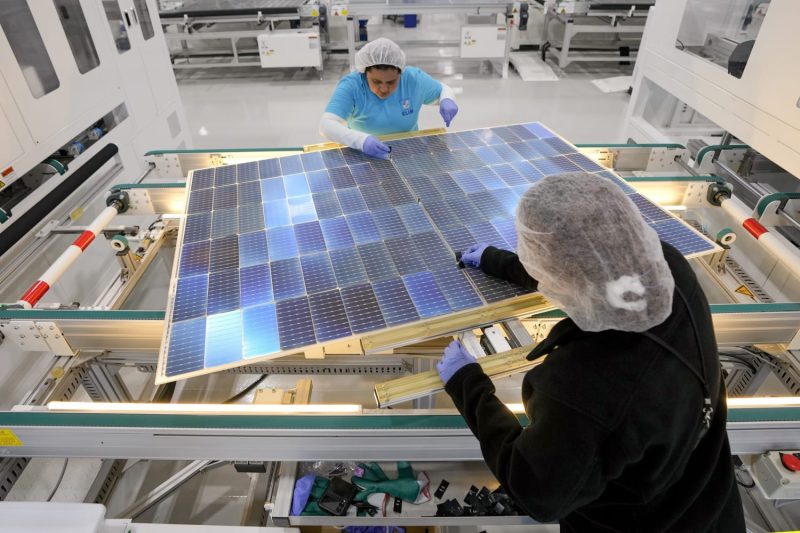The ongoing transformation in the U.S. labor market is becoming increasingly evident as the demand for skilled labor continues to rise while hiring in white-collar sectors shows signs of slowing down. This shift reflects the evolving needs of employers in a rapidly changing economic landscape.
One key factor fueling the demand for skilled labor is technological advancement. Automation and digitalization have revolutionized various industries, creating a demand for workers with specialized skill sets to operate and maintain these technologies. Employers are seeking candidates with technical expertise, such as data analysis, coding, and digital marketing, to keep pace with the digital revolution.
Furthermore, the growing emphasis on innovation and creativity in the workplace has led to an increased demand for individuals with creative and problem-solving skills. Employers are looking for employees who can think critically, adapt to change, and offer fresh perspectives to drive growth and competitiveness.
On the other hand, the traditional white-collar sectors, such as administration and management, are experiencing a slowdown in hiring. This trend can be attributed to factors such as outsourcing, automation of routine tasks, and the rise of remote work arrangements. As businesses optimize their operations and adapt to digital workflows, the need for traditional white-collar roles is diminishing.
The shift towards skilled labor is reshaping the educational landscape as well. Increasingly, educational institutions are offering specialized programs and certifications to equip students with the skills demanded by the evolving job market. Additionally, lifelong learning and upskilling have become essential for workers to remain competitive and relevant in the workforce.
As the labor market continues to evolve, policymakers, educators, and employers must collaborate to address the skills gap and ensure a smooth transition towards a more skilled labor force. Investing in training programs, apprenticeships, and vocational education can help bridge the gap between the skills workers possess and the skills employers demand.
In conclusion, the shift towards skilled labor in the U.S. labor market reflects the changing dynamics of the modern economy. Employers are increasingly seeking individuals with specialized skills and creative problem-solving abilities to drive innovation and growth. Adapting to this shift requires a proactive approach from both job seekers and employers to stay ahead in a competitive job market.

